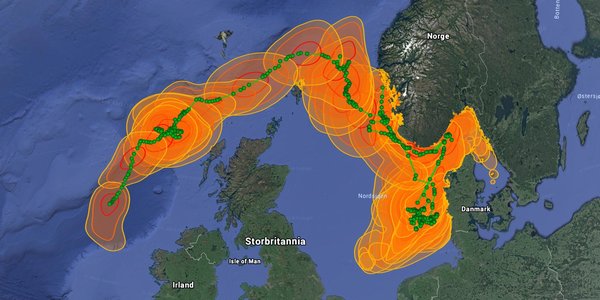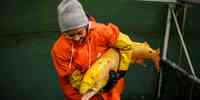2018
Result: (40) Showing 1 - 30

Bluefin tuna tag has ''phoned home''
11.12.2018

Turning researchers’ discussions into action
23.11.2018

Have analysed contaminants in "new" fish
02.11.2018

story
Swapping waders for business attire
30.10.2018

opinion
Part of our ocean is dying
25.10.2018

Conference: Science for Ocean Actions
22.10.2018

Follow whales on their migration
16.10.2018
Oceans Opportunities Meeting
21.09.2018

story
The “plastic whale” from 1971
23.08.2018

A Baltic sea fish named after IMR-researcher
12.07.2018

Norwegian collaboration on plastic mapping
05.07.2018

10 things you didn't know about the oceans
24.04.2018















